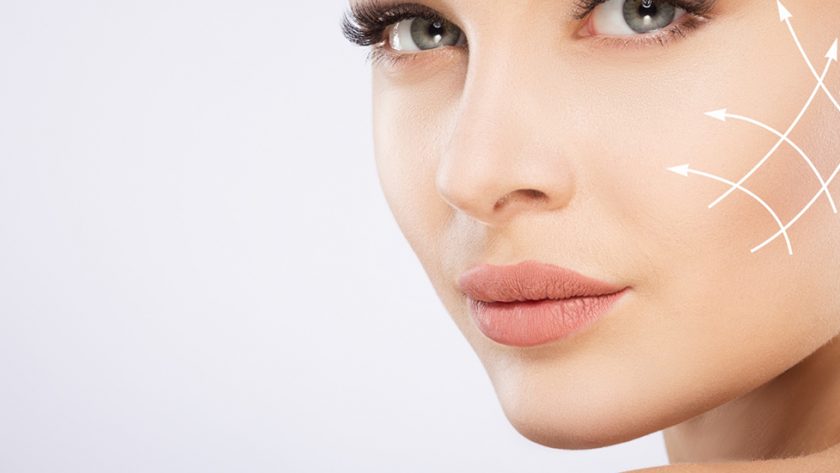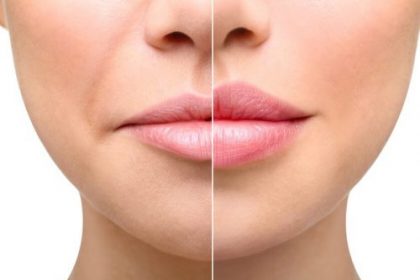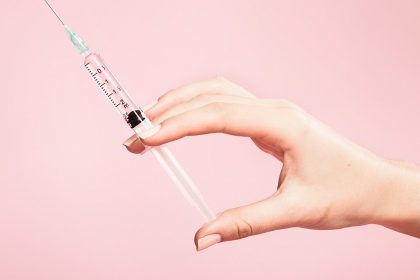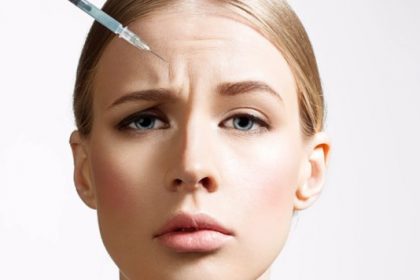It is not necessary to resort to plastic surgery to rejuvenate and correct wrinkles. Dermal fillers can be used to even out the surface of the skin, smooth out wrinkles and nasolabial folds. The principle of action of the dermal fillers is to fill the wrinkles from the inside with a substance related to the structure of our skin for a long time. The dermal fillers used in clinics are based on hyaluronic acid (Restylane, Juvederm). You can find more information here https://majormedicalsolutions.com/products/aquashine/.
Indications for use of fillers
- brow wrinkles, eye corners wrinkles, neck wrinkles, chin wrinkles;
- deep nasolabial wrinkles;
- skin sagging;
- wrinkled cleavage;
- gaunt hands;
- age-related changes (lost volume, loss of shape) of the lips;
- loss of tissue volume.
Hyaluronic acid-based fillers
Fillers based on hyaluronic acid (HA) are more organic. This acid is part of the connective tissues: the average human body contains 15 grams of hyaluronic acid. HA is a polysaccharide, which, under the action of enzymes – hyaluronidases, decomposes into simpler compounds. Therefore, the duration of injection of fillers containing HA is only 6 months, sometimes 12 months, after which the procedure must be repeated.
Some fillers, such as Juvederm ULTRA from the manufacturer of the famous Botox, have an anesthetic added – lidocaine. On the one hand, it makes the procedure, which lasts up to 45 minutes, more comfortable, but on the other hand, there are additional contraindications to the use of the drug, associated with individual intolerance to lidocaine.
Some organizations or private practitioners are ready to offer you procedures of contouring, wrinkle correction with fillers, using synthetic fillers based on liquid silicone. Please note that these substances are foreign to the human body and therefore do not decompose in tissues and are not excreted from them. Also after injection silicone can migrate, thicken and cause inflammation in the injection area. In general, the result of using silicone is difficult to predict.
Types of fillers
- Resorbable fillers (biodegradable or biocompatible): Hyaluronic acid is a natural component of cells and resorbs over time, preparations based on it are completely safe.
- Non-absorbable fillers (biodegradable or synthetic): This is a polymeric gel made of artificial chemical compounds. Such substances are non-poisonous and hypoallergenic, but complications are more likely to occur with them.
- Prolonged Resorption: Combine the first two groups of drugs in their composition. Their effect lasts longer than biocompatible ones, and there are no side effects as with synthetic fillers.
- Autologous fillers: Since these products are made from the patient’s own tissues, they are perfectly compatible with the body and give the most durable effect with the least risk of complications. One of the varieties of autologous fillers is lipofilling, which uses the patient’s own fatty tissue that is injected into the correction area.





